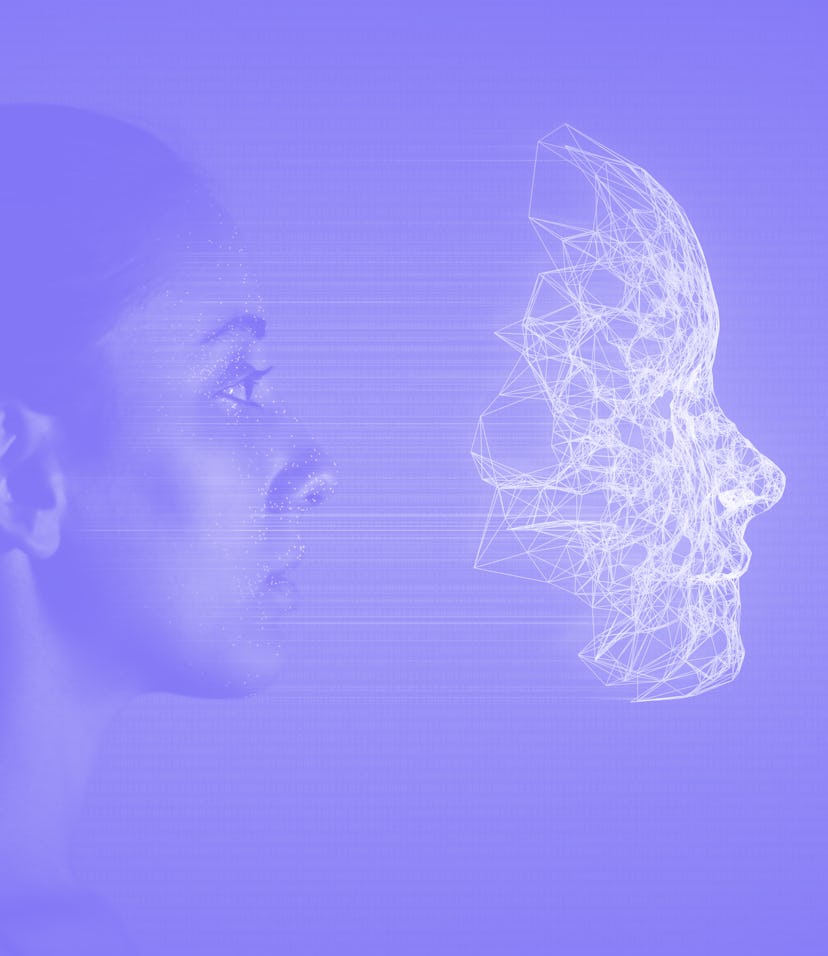Tech
A standardized federal test confirms Clearview AI is scary accurate
Clearview's reach in the U.S. continues to grow, despite protests from Big Tech and activist groups.

While distrust of biometric recognition systems continues to rise around the world, Clearview AI is dead set on forging a path in the opposite direction. The dystopian startup is still scraping billions of images from the internet and throwing them into a database that can quickly identify just about anyone.
Here’s some good news, if you’re into the idea of personal privacy being a thing of the past: Recent testing shows that Clearview AI’s app is incredibly accurate. In fact, it’s accurate enough that a federal test from the National Institute of Standards and Technology placed Clearview AI among the top 10 facial recognition vendors in the U.S., The New York Times reports.
Though public agencies in the U.S. have been using Clearview AI’s software for years now, its accuracy has never really been tested by an unbiased party. Clearview has always claimed its software is very reliable — and now we have confirmation that, in many cases, it is.
Success in this sort of standardized testing gives Clearview AI much more credence in the facial recognition industry. That’s good for the company’s business — and miserable for just about everyone else.
A (somewhat) stunning debut — As niche as its uses are, facial recognition technology is not an easy market to break into. Tried and true companies are much more likely to be chosen as tech partners than new entries in the market, even if they claim to be the best.
This is the first time Clearview AI’s software has been put to the test alongside industry giants like China-made SenseTime. That its tools could locate one person in a mass of millions is impressive; that it could do so accurately enough to make the top 10 verges on spectacular.
Clearview’s software did less well in another test carried out by the same agency. That test, which simulates using facial recognition to provide access to buildings, proved more difficult for Clearview.
Clearview founder Hoan Ton-That wasn’t too phased by those results. “We’re pleased,” he said. “It reflects our actual use-case.”
Is it even legal? — Clearview AI is obviously pleased that it’s being included amongst the best of the best. The company’s methodology is unusual, even by the standards of the facial recognition industry.
It’s also unusually invasive. Clearview builds its database — which at last check had more than 10 billion images in its archives — by scraping images from all over the web. Anything published on the internet is fair game, as far as Clearview is concerned.
Ton-That has defended the software as an extension of the first amendment right to public information. But companies like Google, Facebook, and Twitter have sent cease-and-desist letters to Clearview, arguing that its methods violate their terms of service.
Other countries, like Canada, have already decided Clearview’s image-scraping is illegal. The U.S. has made no such declaration and, in fact, many government agencies continue to use the software themselves.